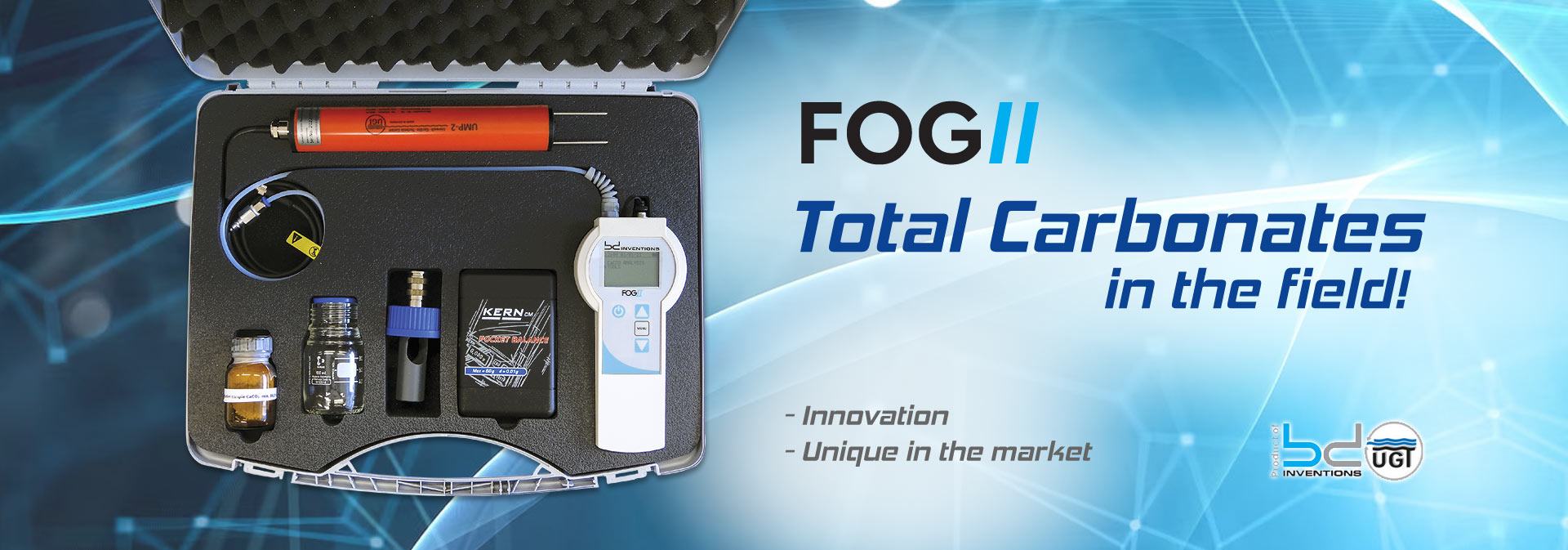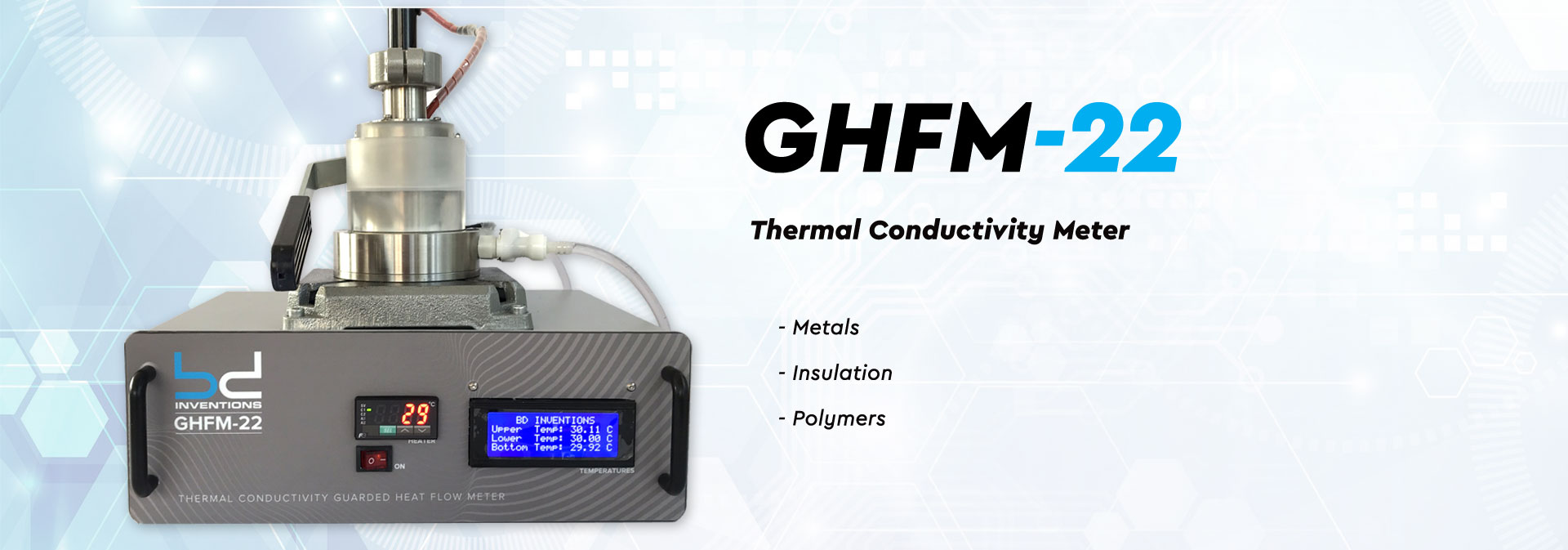Our activities
BD Inventions offers complete solutions to Research Laboratories, Quality Control Laboratories, and Educational Institutions following the following stages:
- Investigating the customer's requirements and apply Modifications if required
- Research, Offer Submission and Supply of the necessary equipment
- Users Training of each instrument
- Development of Methodology and Applications related to new research and innovations
- Verification of the equipment
- Certification of the good operation of the equipment
- Technical support and Repair in case of malfunction of any instrument






